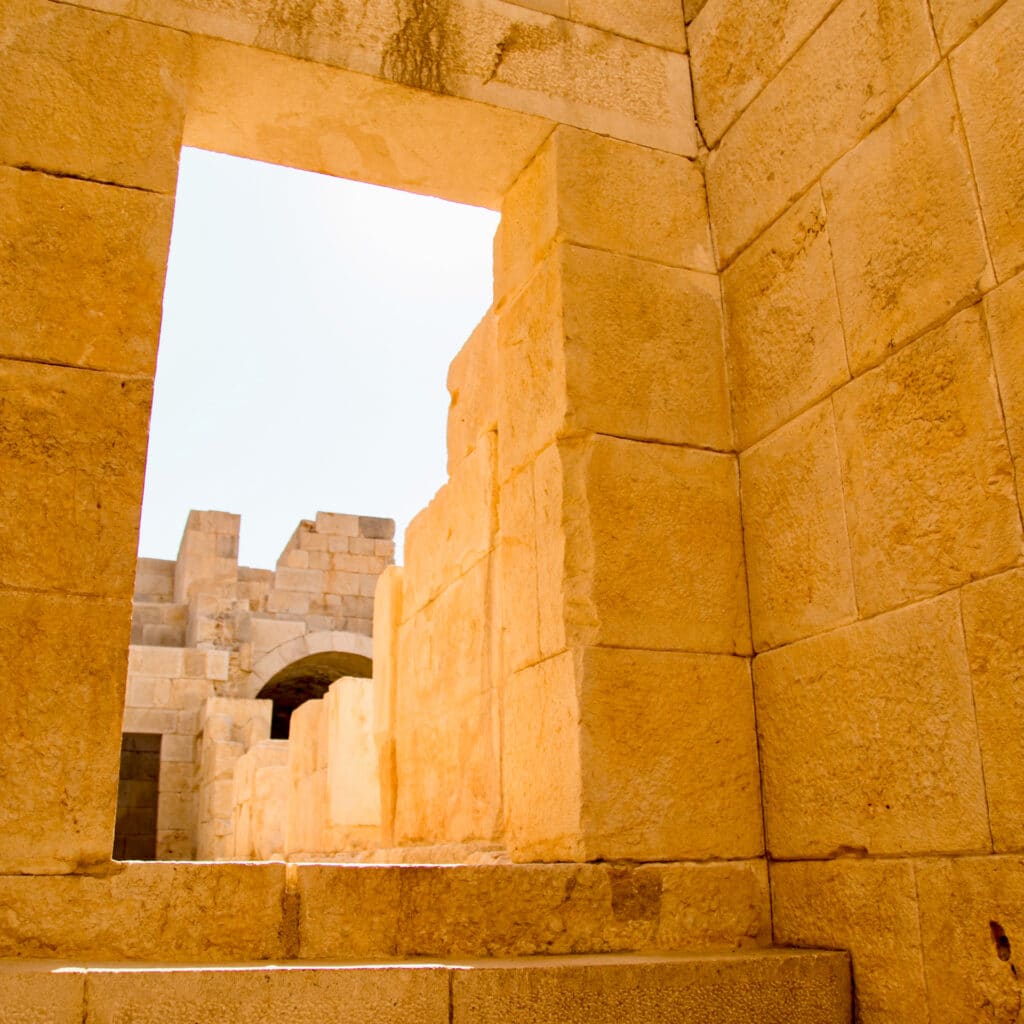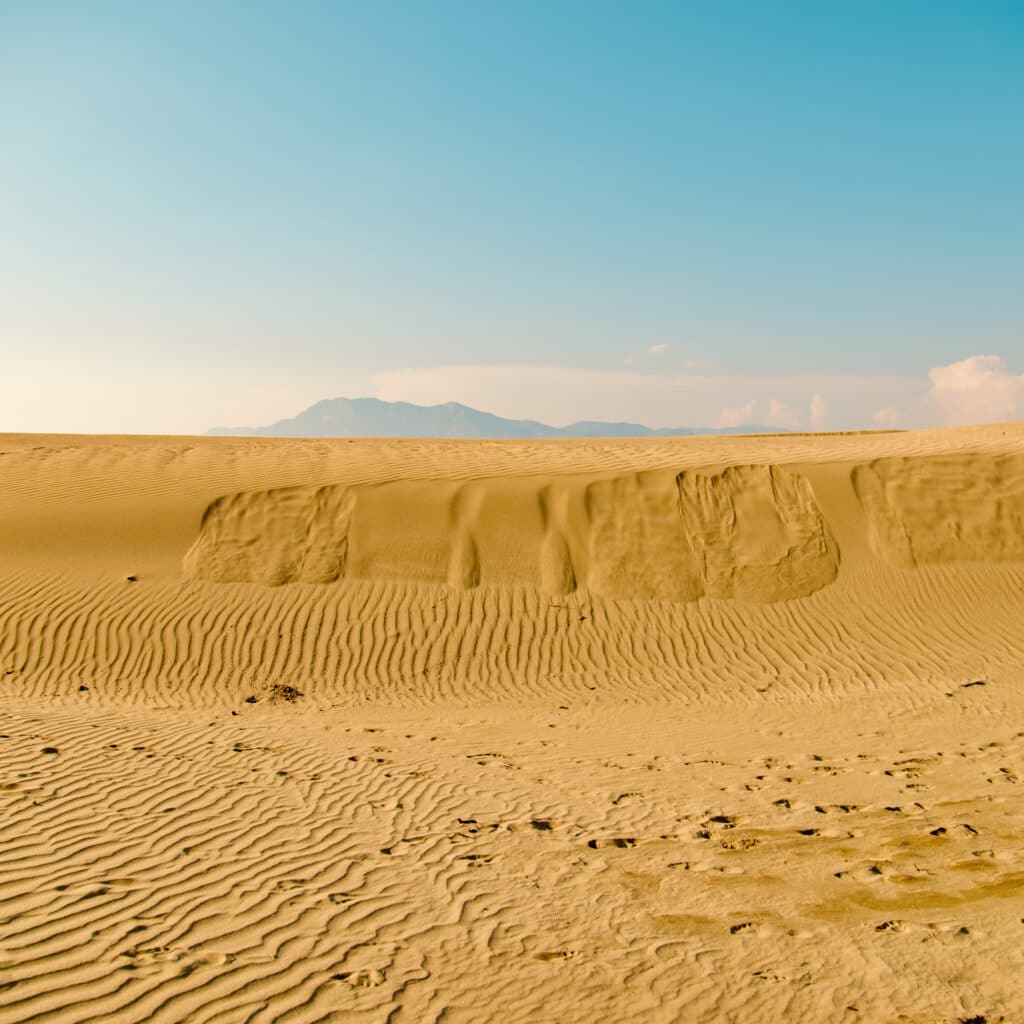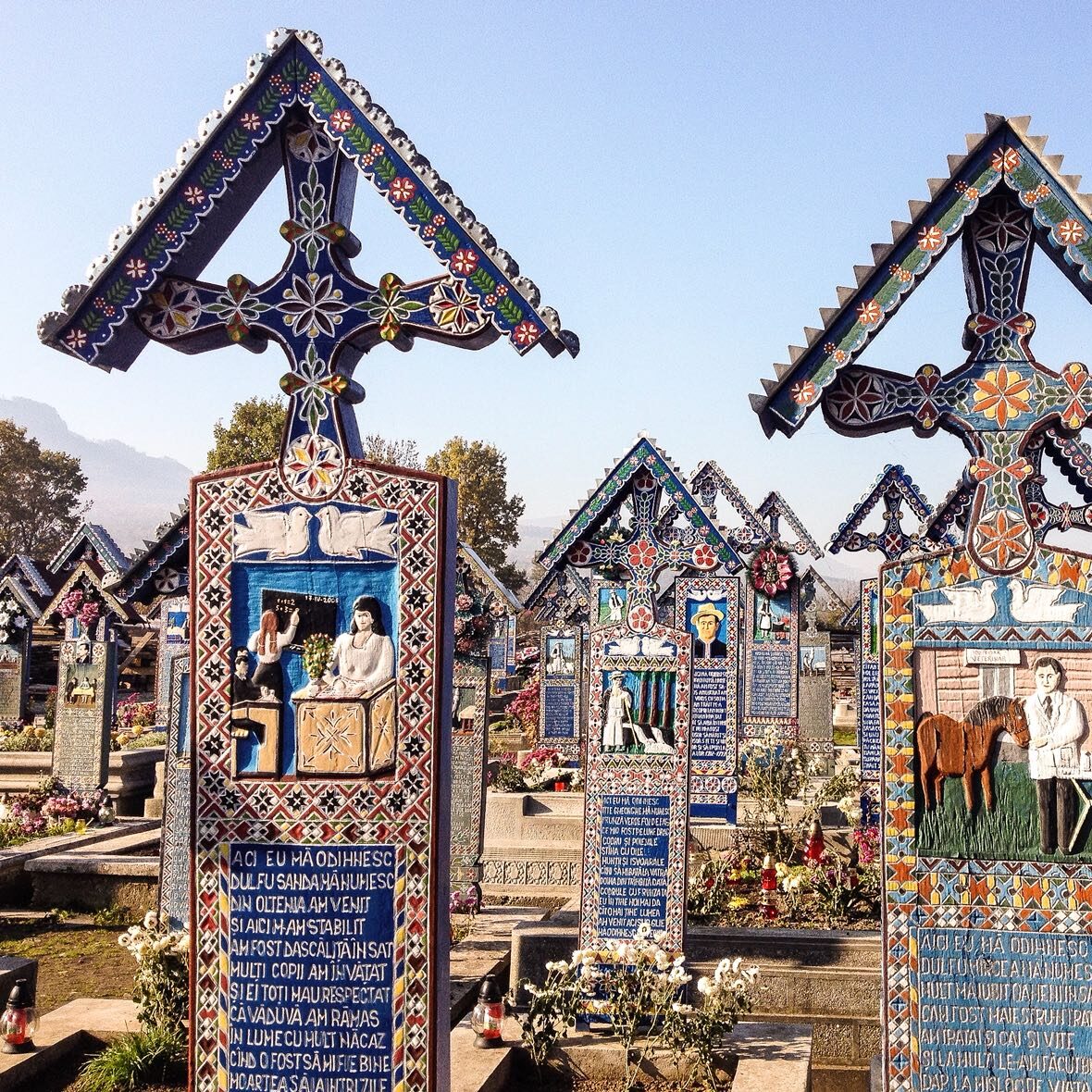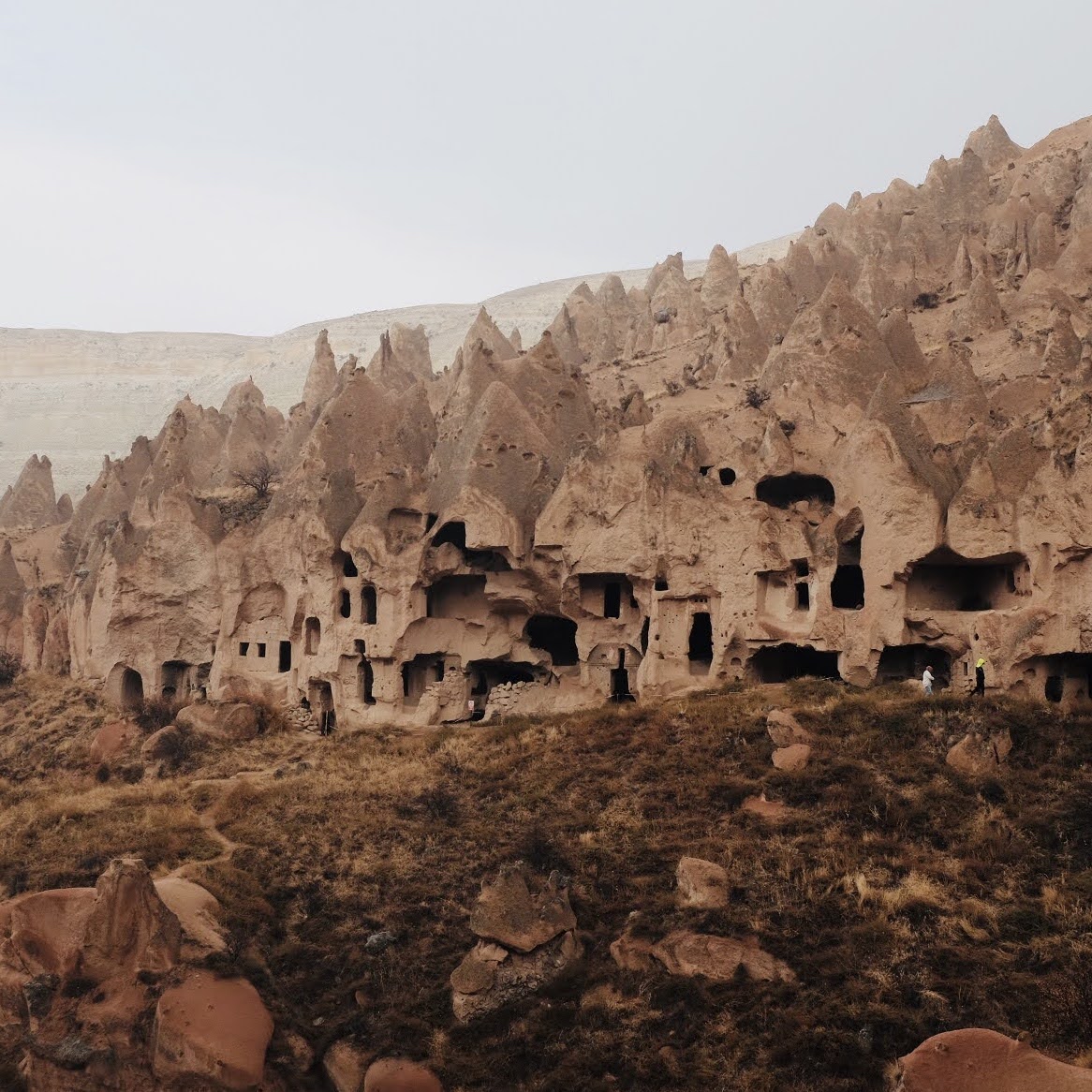🇺🇸 EN
🇹🇷 TR
🇺🇸 EN
The ancient city of Patara, located in present-day Turkey, is a treasure trove of history and mythology. Excavations reveal that settlement in the region began in the 8th century BC. Known as “Patar” in Hittite texts and “Pttara” in the Lycian language, Patara served as the capital of the Lycians for an extended period. The city was besieged by Alexander the Great during the Roman Period and retained its significance into the Byzantine Period, thanks to its strategic position in a valley opening to the sea. Saint Nicholas, known as Santa Claus, is believed to have been born here, adding to its historical and religious importance for Christians.
Historical Significance
Patara was a crucial port city, playing an essential role in the commerce and military operations of various empires. However, over time, the harbor began to fill with sand, making it increasingly difficult for boats to dock. As the sand continued to accumulate, the city’s importance dwindled, and eventually, its inhabitants abandoned it when the harbor was completely filled.
Myth and Legend
According to legend, Poseidon, the God of the Seas, became furious with the Lycians and unleashed his wrath on Patara. He blew with all his might, sending massive waves and sandstorms toward the city. The prayers and vows of the distressed people of Patara proved insufficient to calm the raging sea. In desperation, the city’s oracles decided that the Lycian women should undress to appease Poseidon. Embarrassed by this act, Poseidon calmed the seas, and the tempest never struck Patara’s shores again.
Exploring Patara Today
Visitors to Patara can explore a range of fascinating ruins that offer a glimpse into its storied past:
- The Theater: A well-preserved structure that once hosted performances and gatherings.
- The Roman Triumphal Arch: A majestic archway symbolizing the city’s historical significance.
- The Bouleuterion (Council House): Where the Lycian League would meet.
- The Main Street: Flanked by ancient columns, leading to the city’s other significant structures.
Patara Beach
Beyond its ruins, Patara is famous for its stunning 18-kilometer-long sandy beach. It’s one of the longest in Turkey and is also a protected nesting site for the endangered loggerhead sea turtles. This natural beauty, combined with the historical ruins, makes Patara a unique destination for both history enthusiasts and beach lovers.
Practical Information
- Location: Patara is located near the town of Gelemiş in the Antalya Province, along Turkey’s southwestern coast.
- Accessibility: The site is accessible by car or bus from nearby towns like Kaş and Fethiye.
- Opening Hours: Typically open daily, but it’s advisable to check current visiting hours and any travel advisories before planning a visit.
You May Also Like / Bunlar da İlginizi Çekebilir
- Xanthos: Another ancient Lycian city nearby, known for its impressive ruins and historical significance.
- Letoon: The religious center of the Lycian League, featuring temples dedicated to Leto, Artemis, and Apollo.
- Saklıkent Gorge: A stunning natural wonder ideal for hiking and exploring.
- Butterfly Valley: A beautiful, secluded valley accessible by boat, perfect for nature lovers.
🇹🇷 TR
Kum Kenti: Patara
Antik Patara kenti, günümüz Türkiye’sinde, tarih ve mitoloji hazinesidir. Kazılar, bölgedeki yerleşimin M.Ö. 8. yüzyılda başladığını ortaya koymaktadır. Hitit metinlerinde “Patar” ve Likya dilinde “Pttara” olarak bilinen Patara, uzun bir süre Likyalıların başkenti olarak hizmet vermiştir. Şehir, Roma Dönemi’nde Büyük İskender tarafından kuşatılmış ve Bizans Dönemi’nde de denize açılan bir vadide stratejik konumu sayesinde önemini korumuştur. Noel Baba olarak bilinen Aziz Nikolaos’un burada doğduğuna inanılmaktadır, bu da kenti Hristiyanlar için önemli kılmaktadır.
Tarihi Önemi
Patara, çeşitli imparatorlukların ticaret ve askeri operasyonlarında hayati bir rol oynayan önemli bir liman şehriydi. Ancak zamanla liman kumla dolmaya başladı ve teknelerin yanaşması giderek zorlaştı. Kum birikmeye devam ettikçe, şehrin önemi azaldı ve liman tamamen dolduğunda sakinleri şehri terk etti.
Efsane ve Mit
Efsaneye göre, Deniz Tanrısı Poseidon Likyalılara çok kızar ve gazabını Patara’ya yöneltir. Tüm gücüyle üfleyerek büyük dalgalar ve kum fırtınaları gönderir. Endişeli Patara halkının duaları ve adakları denizi sakinleştirmeye yetmez. Çaresizlik içinde, şehrin kâhinleri Likyalı kadınların Poseidon’a karşı soyunmasına karar verir. Bu eylemden utanan Poseidon, denizi sakinleştirir ve fırtına bir daha Patara kıyılarına gelmez.
Günümüzde Patara’yı Keşfetmek
Patara’yı ziyaret edenler, geçmişine dair bir dizi büyüleyici harabeyi keşfedebilir:
- Tiyatro: Bir zamanlar performanslara ve toplantılara ev sahipliği yapan iyi korunmuş bir yapı.
- Roma Zafer Takı: Şehrin tarihsel önemini simgeleyen görkemli bir kemer.
- Bouleuterion (Meclis Binası): Likya Birliği’nin toplandığı yer.
- Ana Cadde: Antik sütunlarla çevrili, şehrin diğer önemli yapılarına götüren cadde.
Patara Plajı
Harabelerinin ötesinde, Patara, Türkiye’nin en uzunlarından biri olan 18 kilometre uzunluğundaki muhteşem kumsalıyla ünlüdür. Nesli tükenmekte olan caretta caretta deniz kaplumbağalarının koruma altındaki yuvalama alanlarından biridir. Bu doğal güzellik, tarihi harabelerle birleştiğinde, Patara’yı hem tarih meraklıları hem de plaj severler için eşsiz bir destinasyon yapar.
Pratik Bilgiler
- Konum: Patara, Antalya ilinin Gelemiş kasabası yakınlarında yer almaktadır.
- Erişilebilirlik: Site, Kaş ve Fethiye gibi yakın kasabalardan araba veya otobüsle erişilebilir.
- Ziyaret Saatleri: Genellikle her gün açıktır, ancak ziyaret saatlerini ve seyahat uyarılarını planlamadan önce kontrol etmekte fayda vardır.
Bunlar da İlginizi Çekebilir / You May Also Like
- Xanthos: Yakındaki bir diğer antik Likya şehri, etkileyici harabeleri ve tarihi önemiyle bilinir.
- Letoon: Likya Birliği’nin dini merkezi olup, Leto, Artemis ve Apollo’ya adanmış tapınakları barındırır.
- Saklıkent Kanyonu: Yürüyüş ve keşif için ideal, büyüleyici bir doğal güzellik.
- Kelebekler Vadisi: Tekneyle ulaşılabilen güzel, ıssız bir vadi, doğa severler için mükemmeldir.






